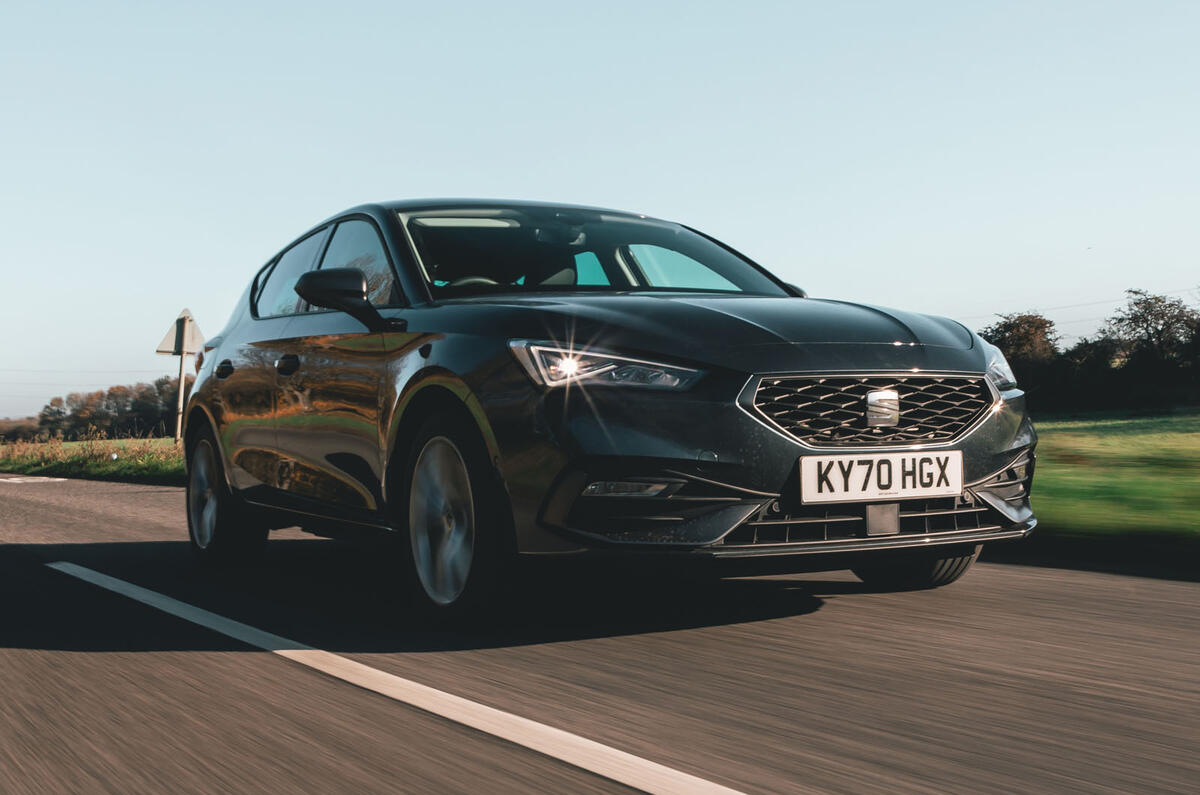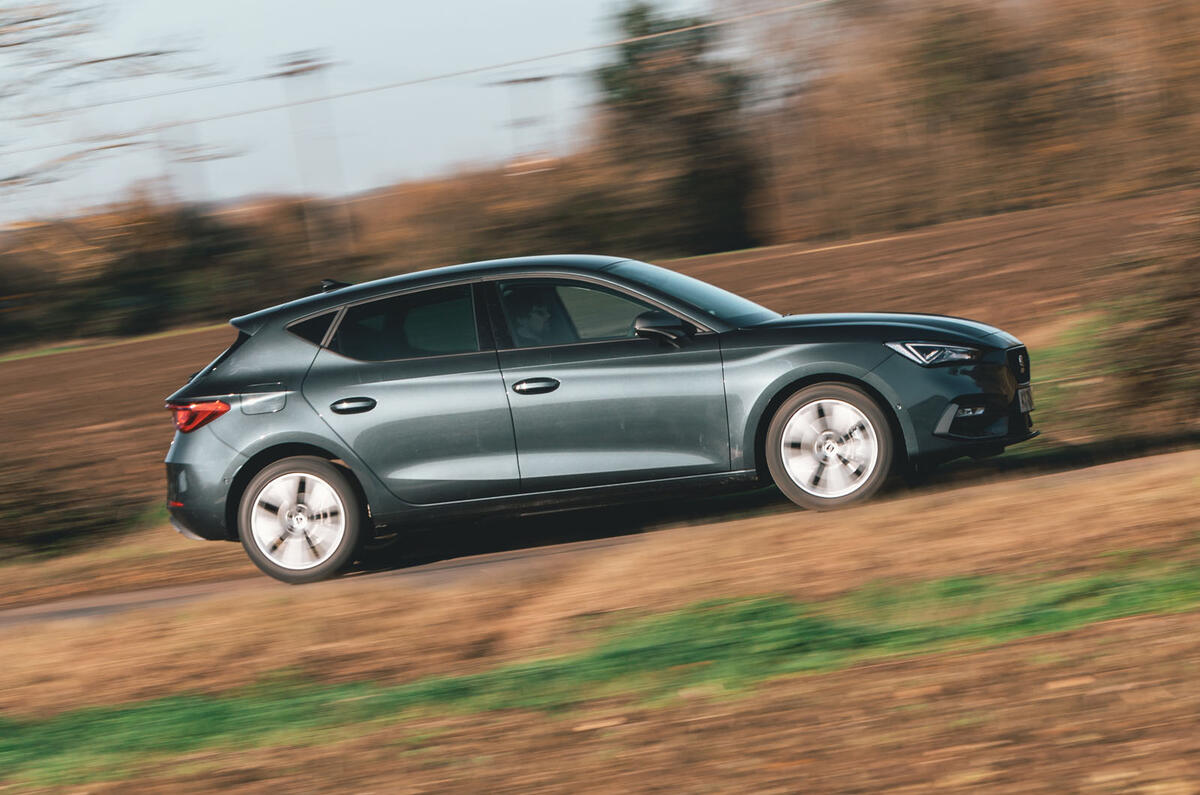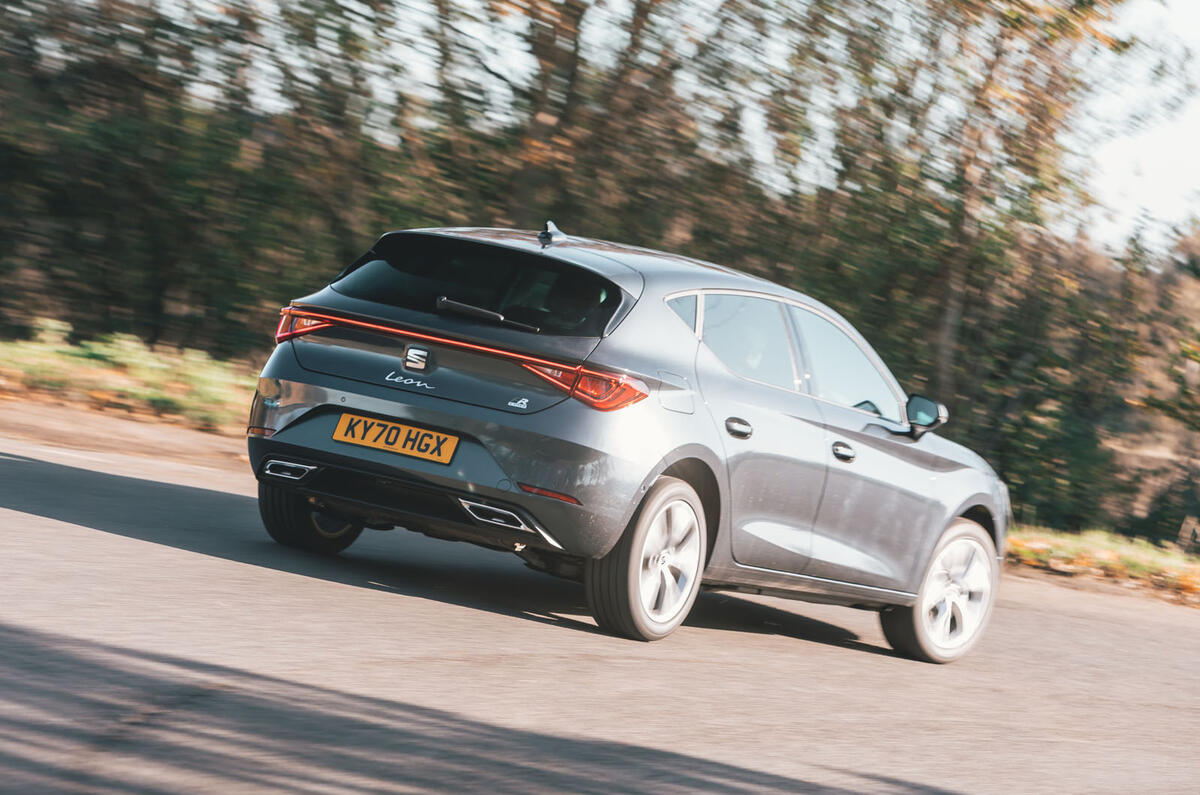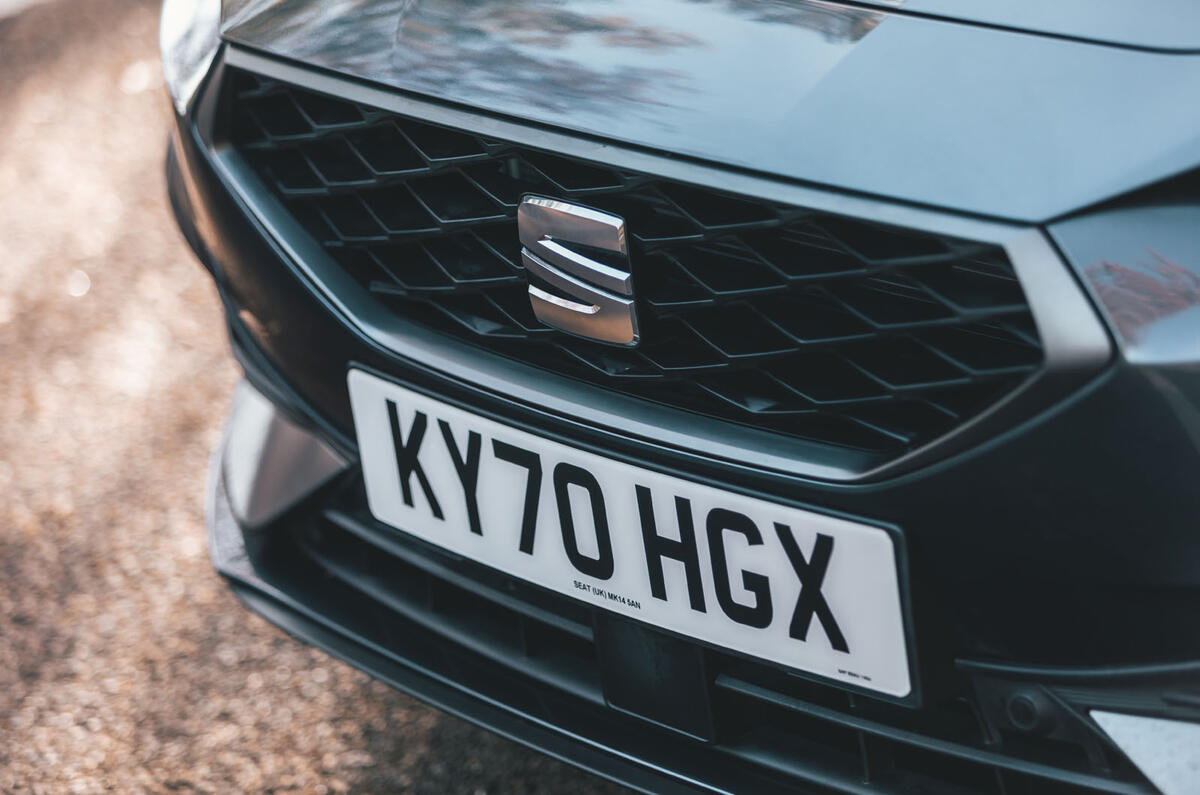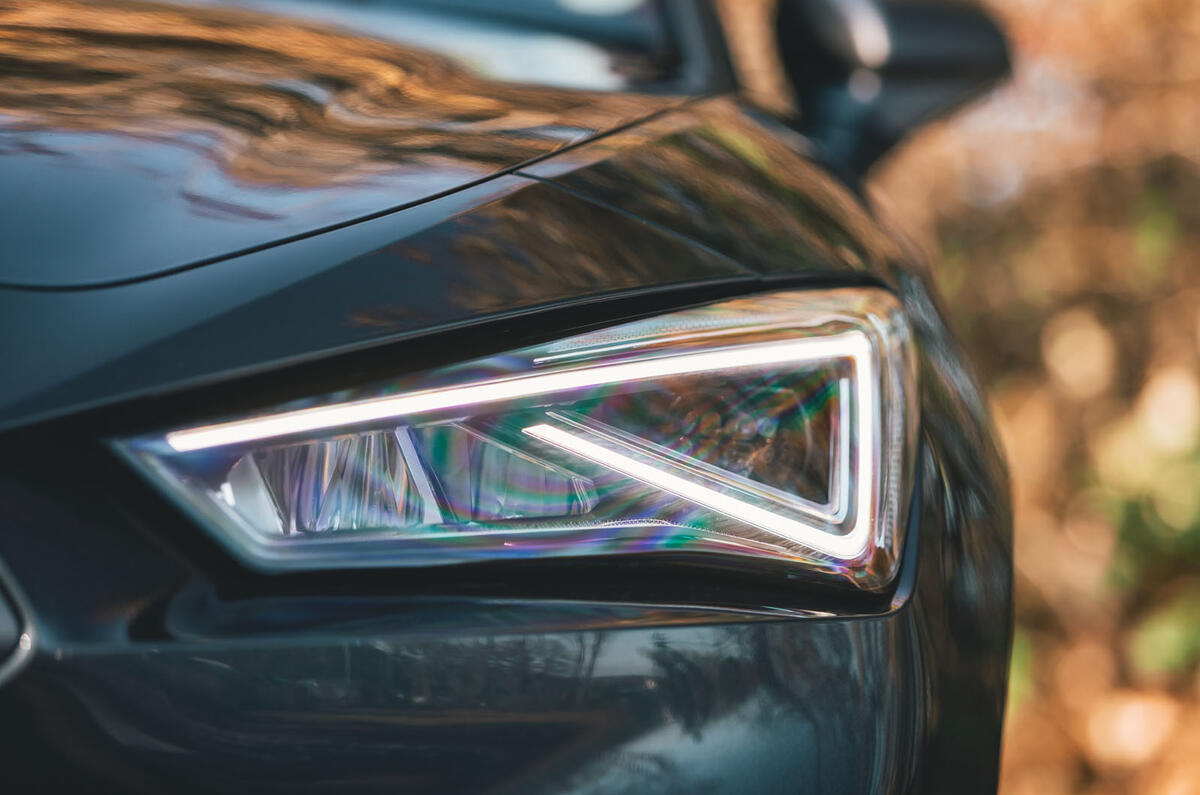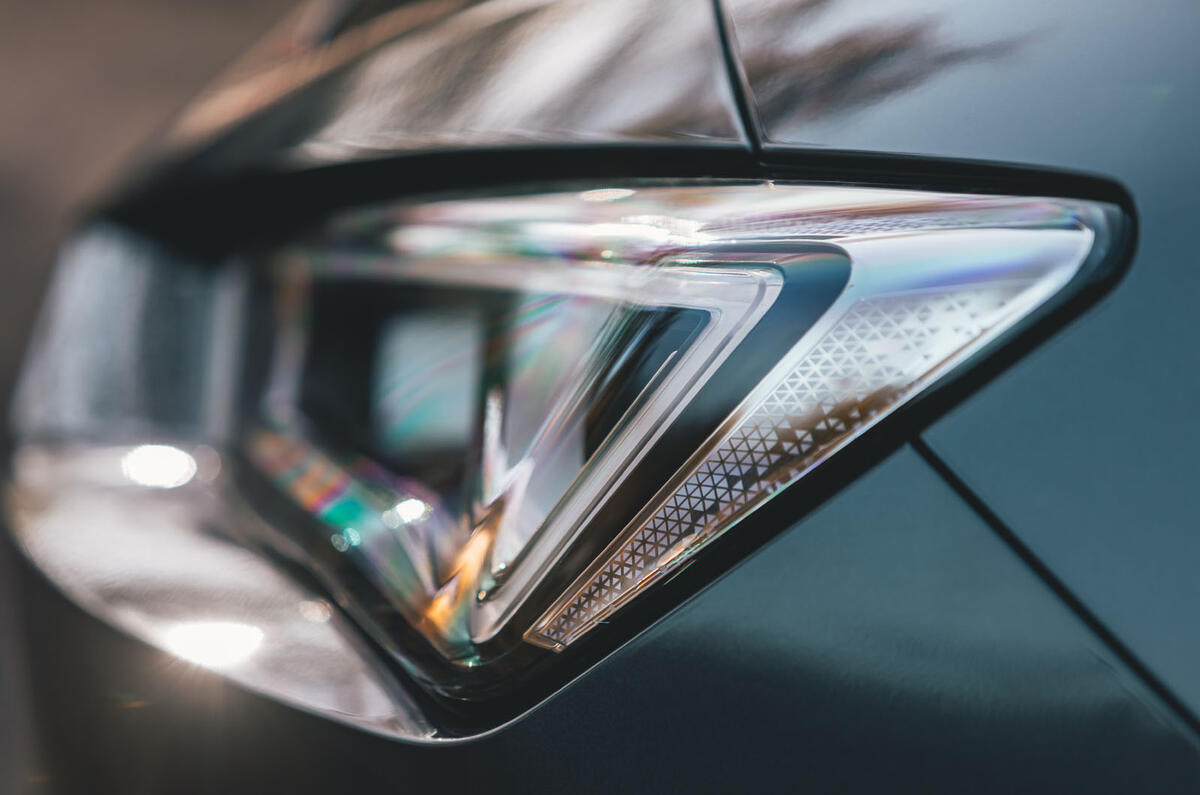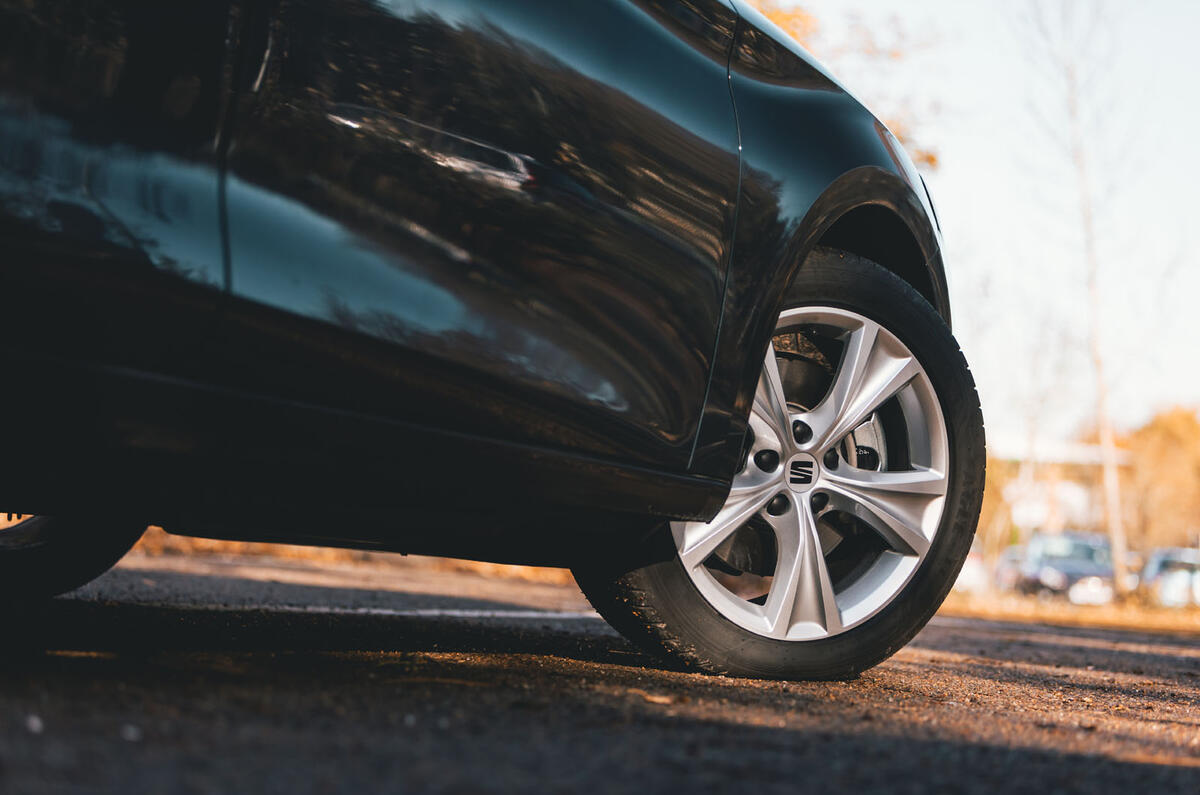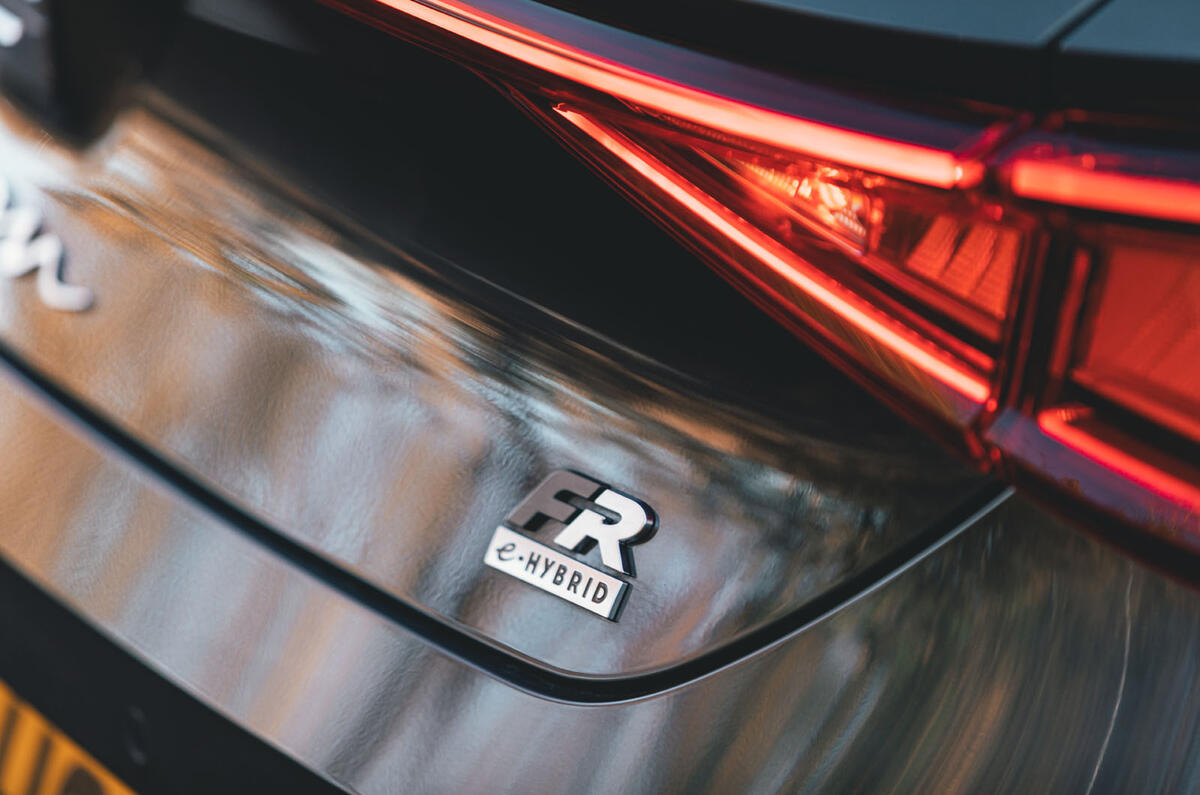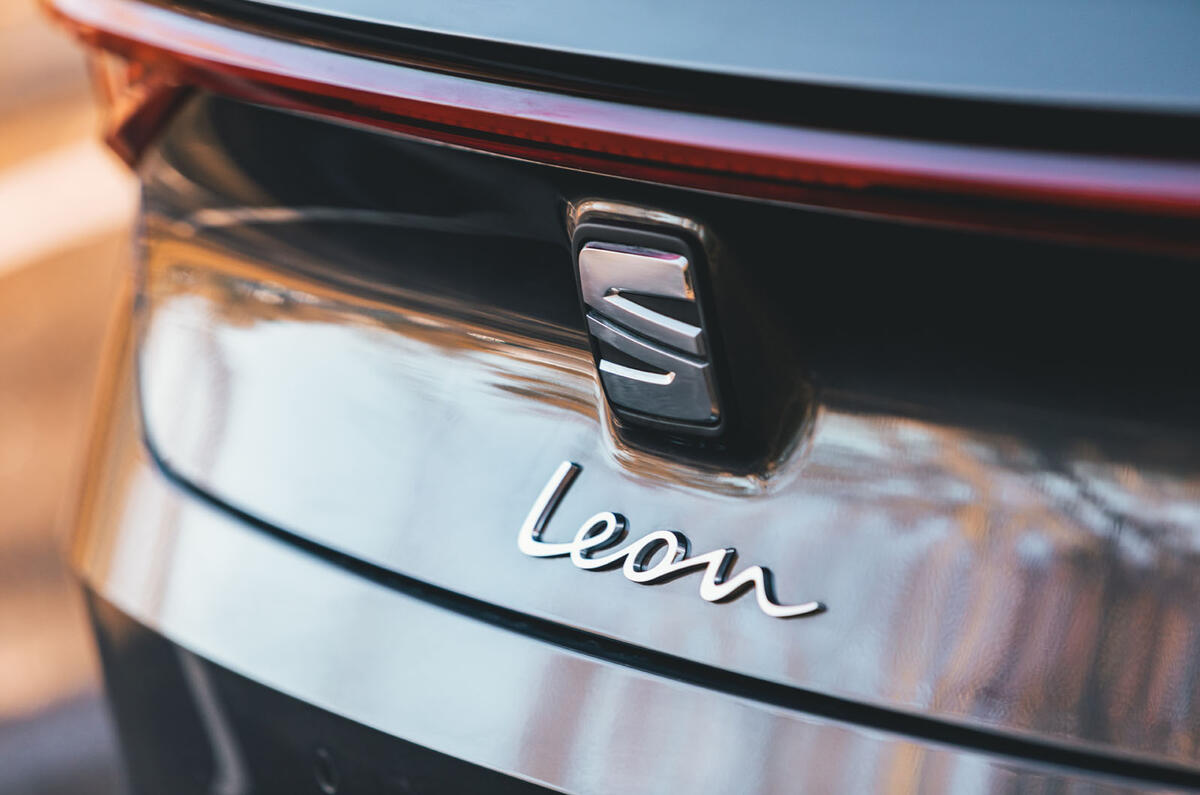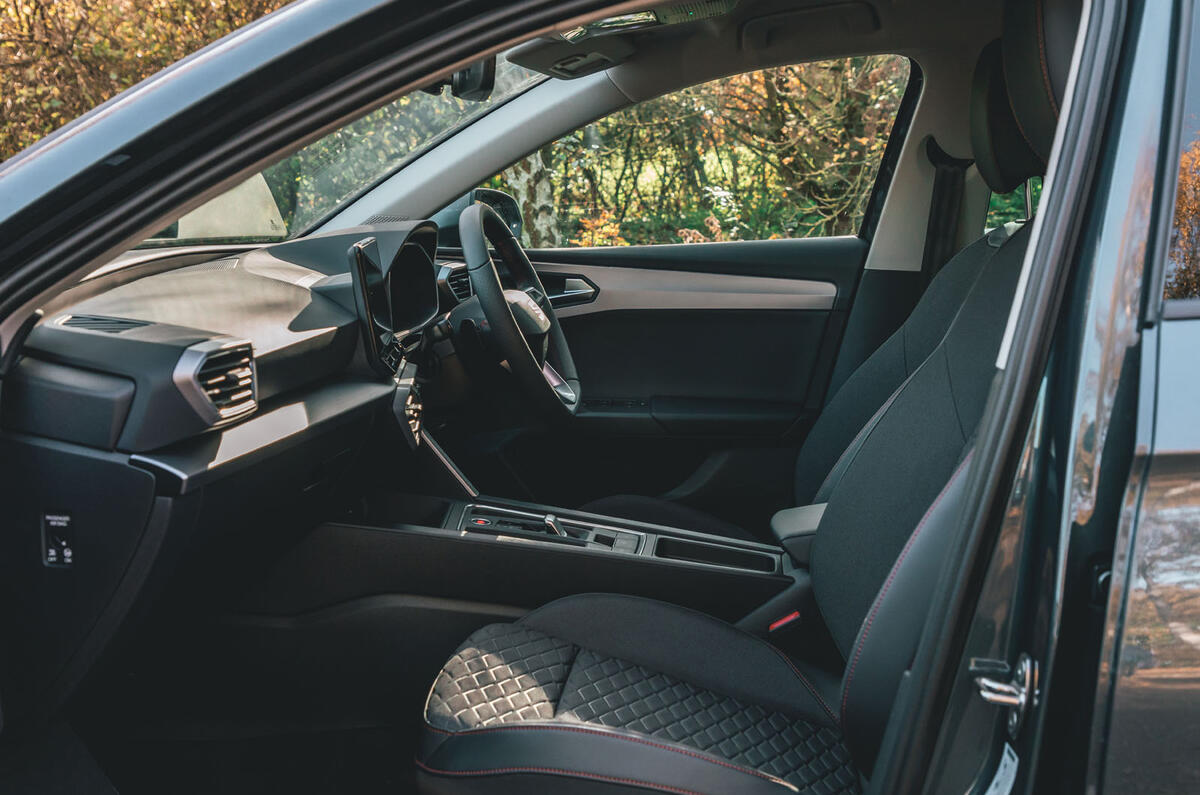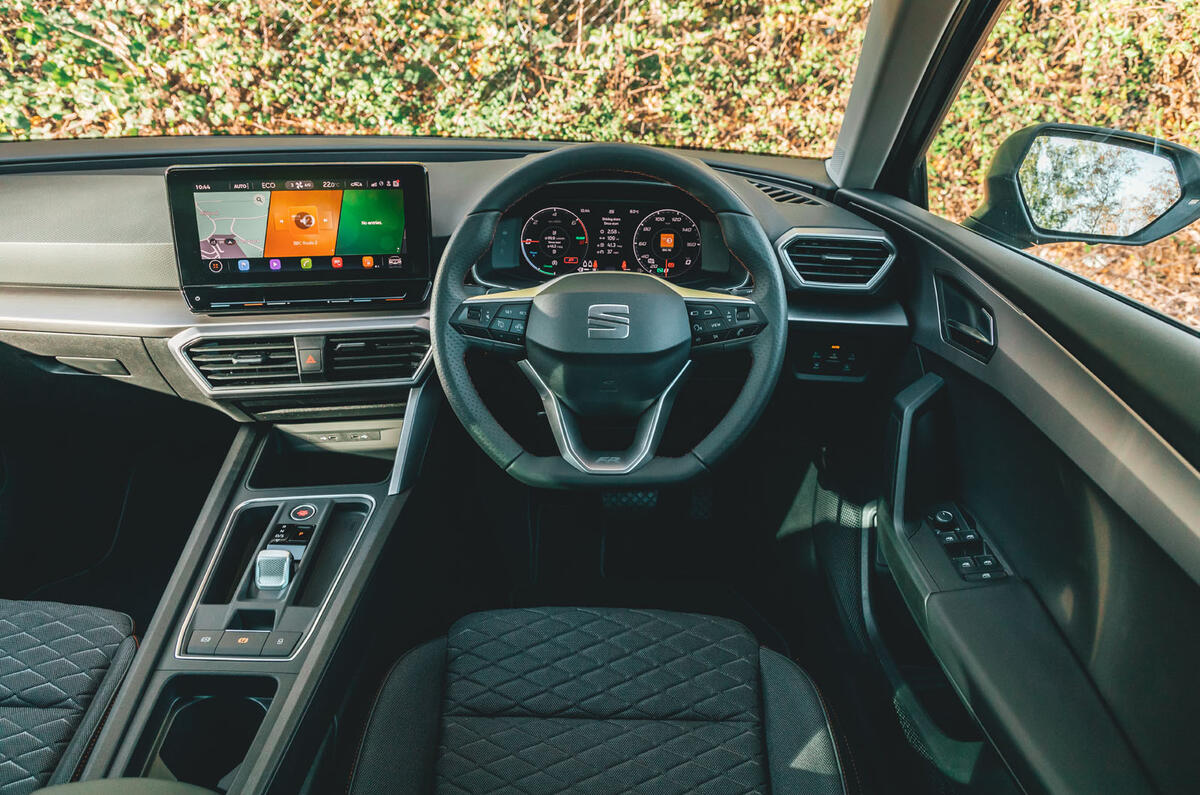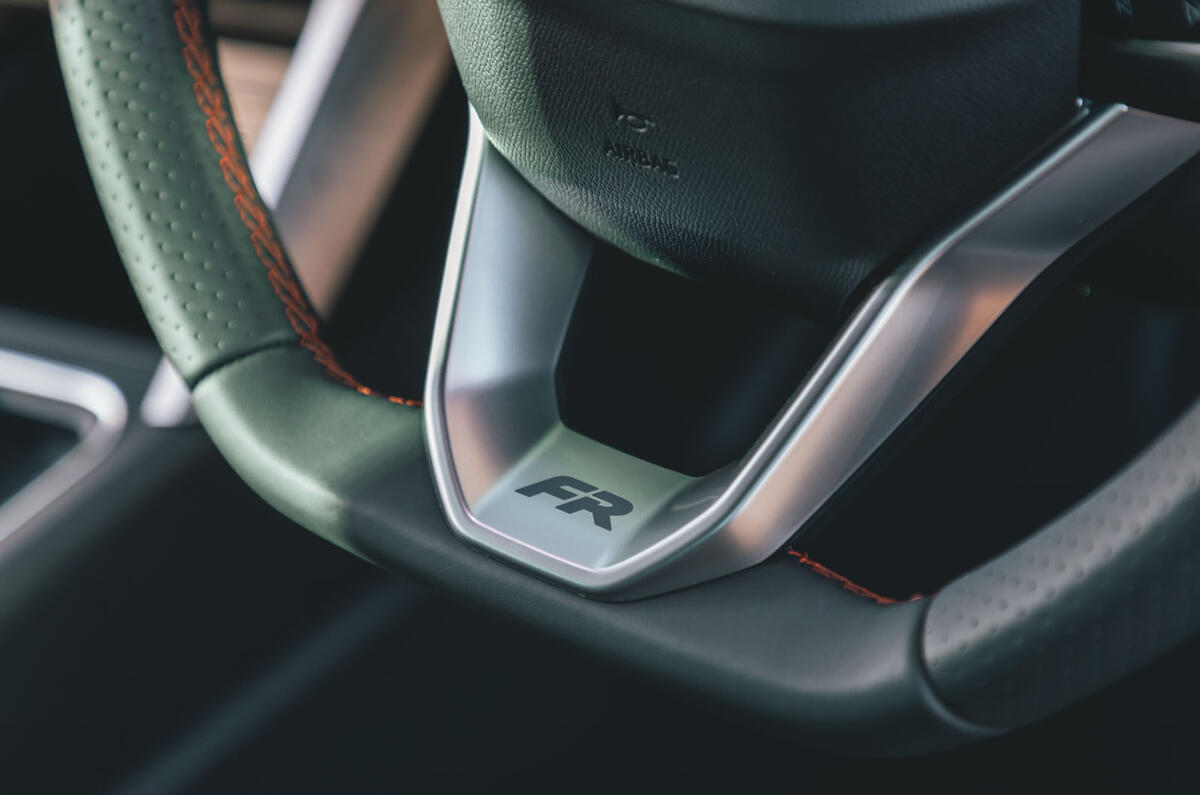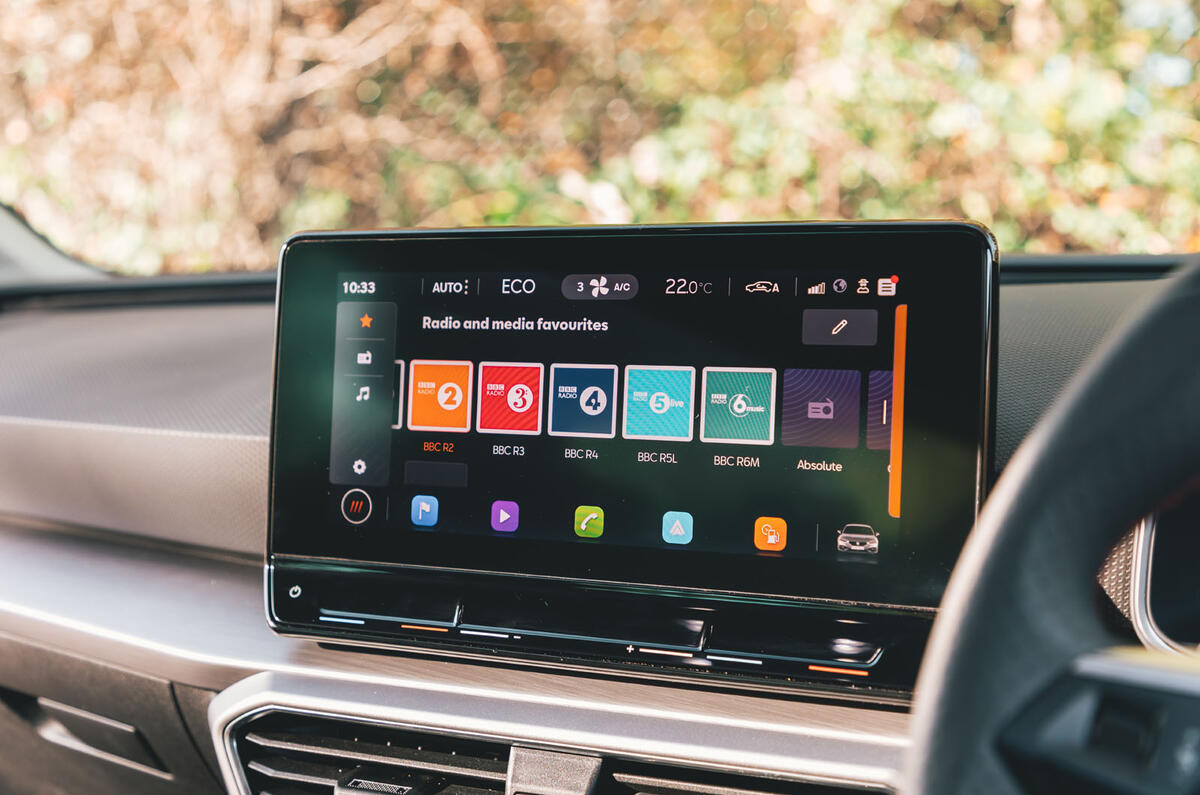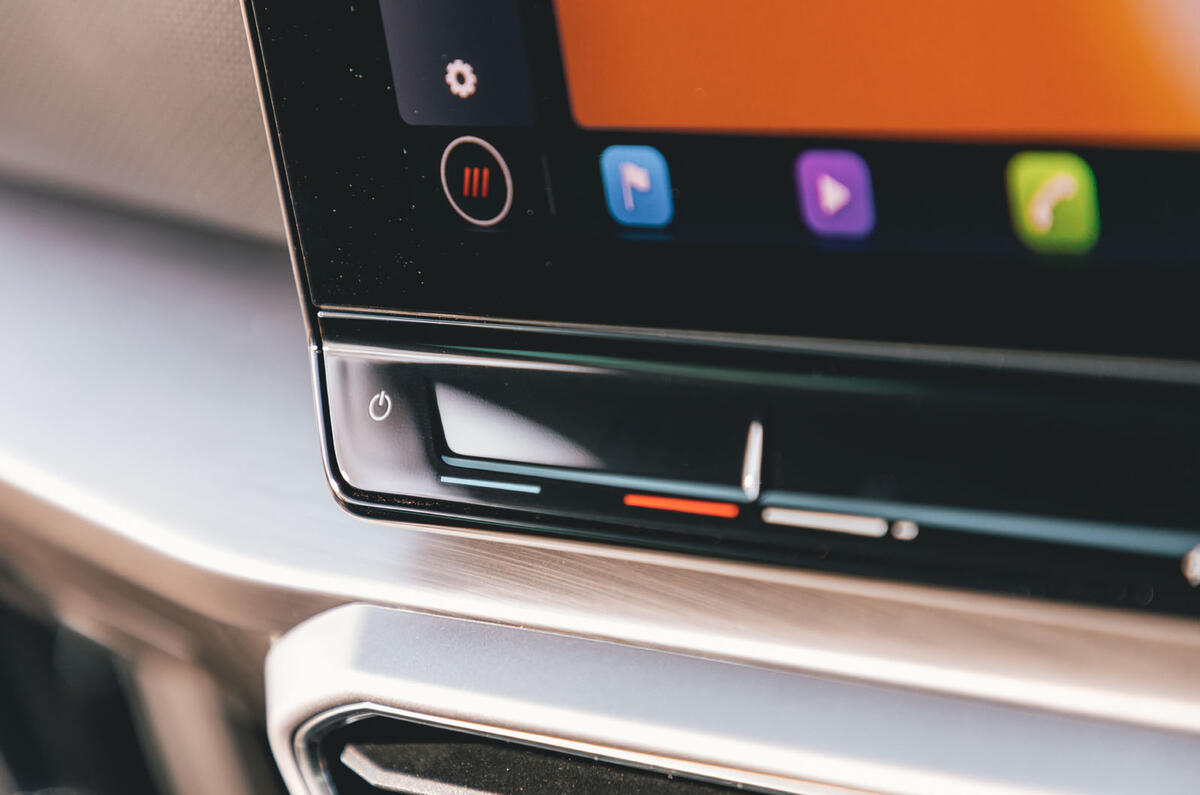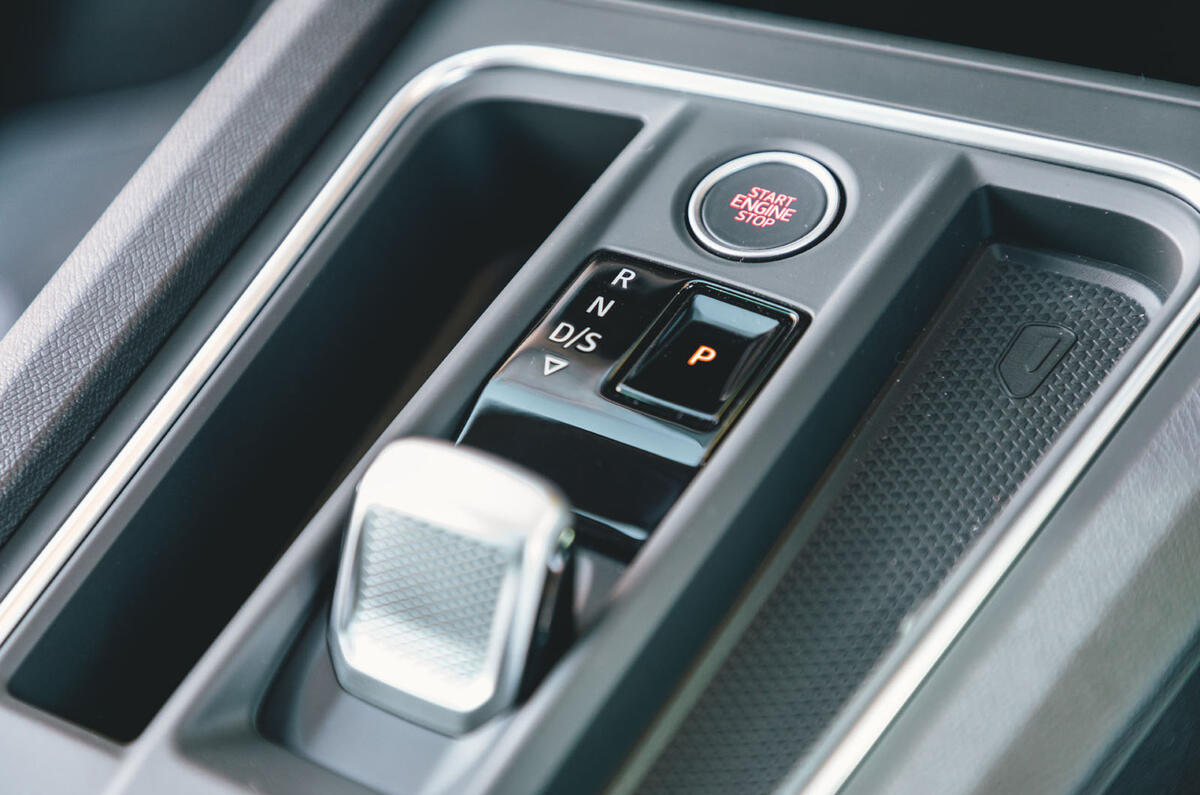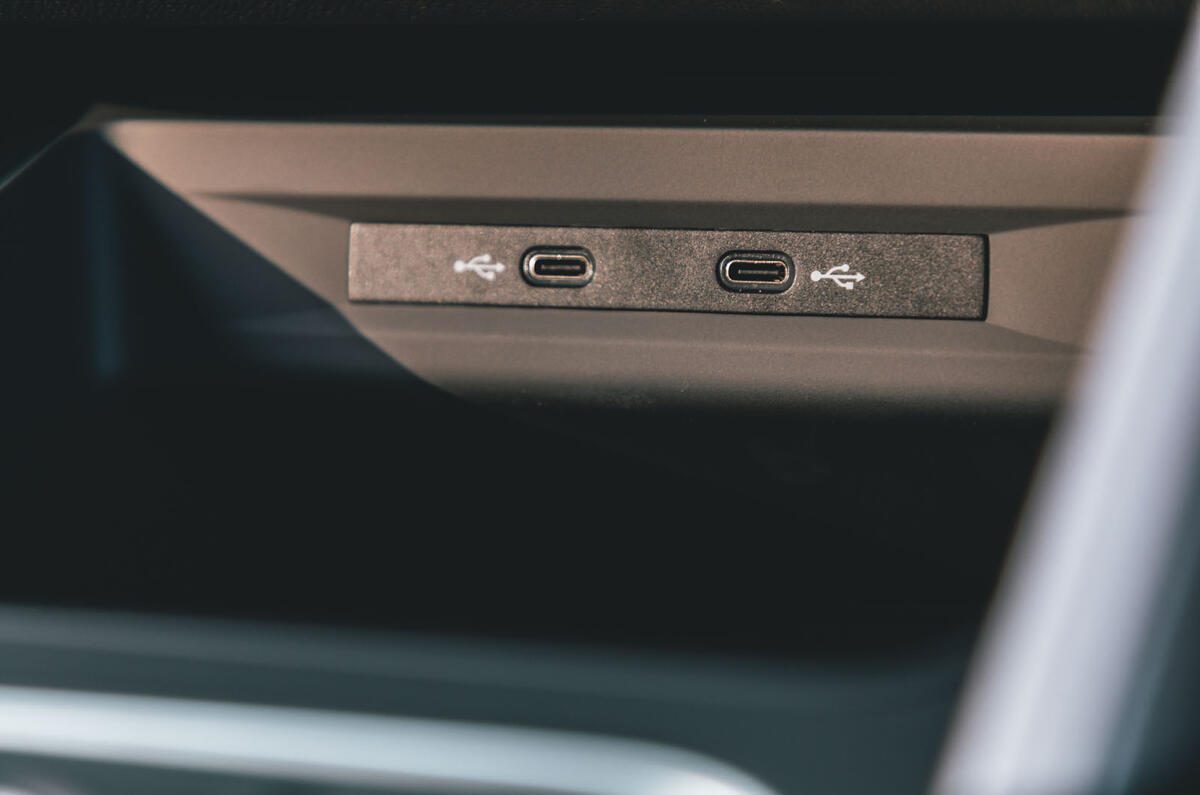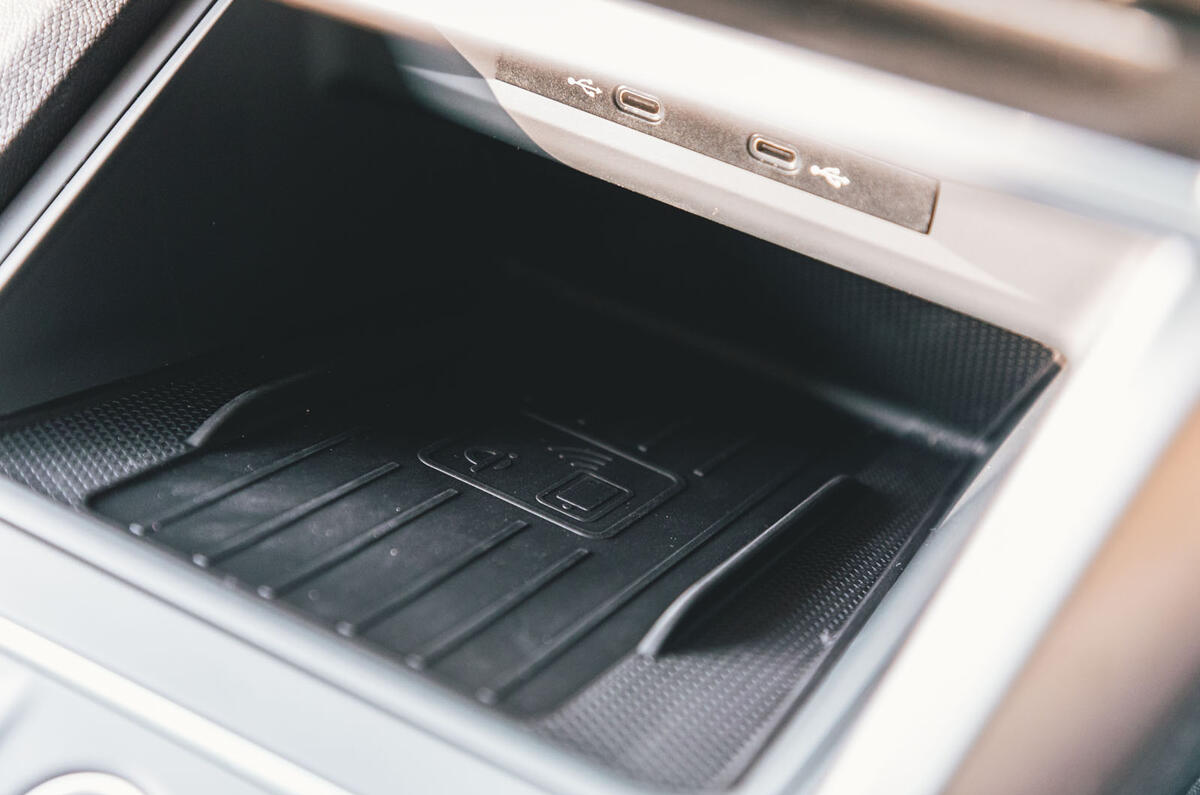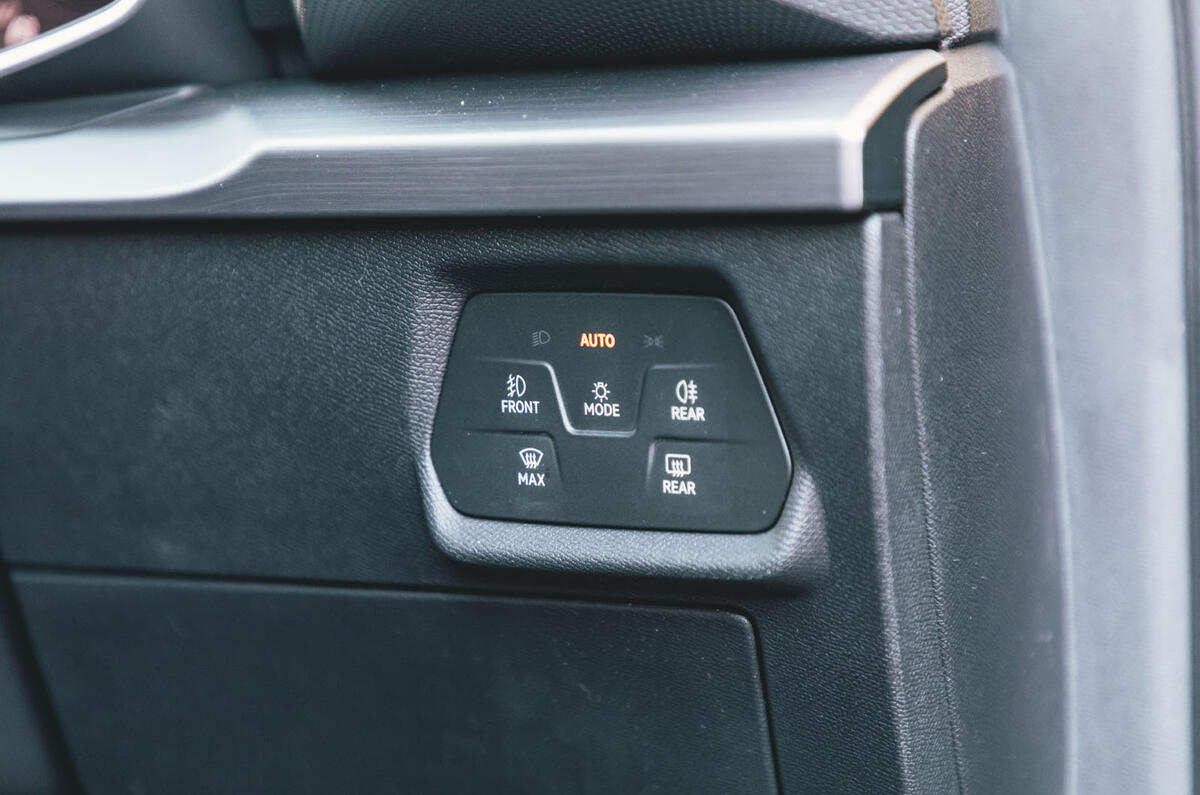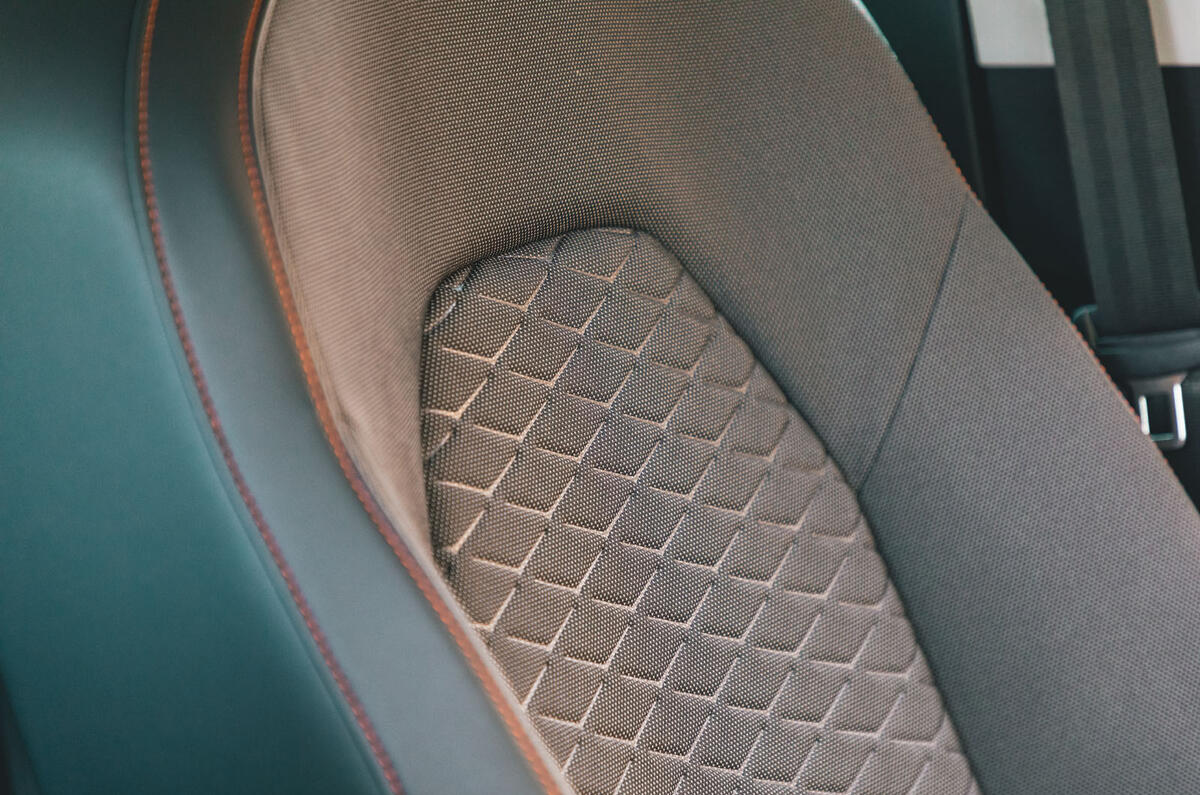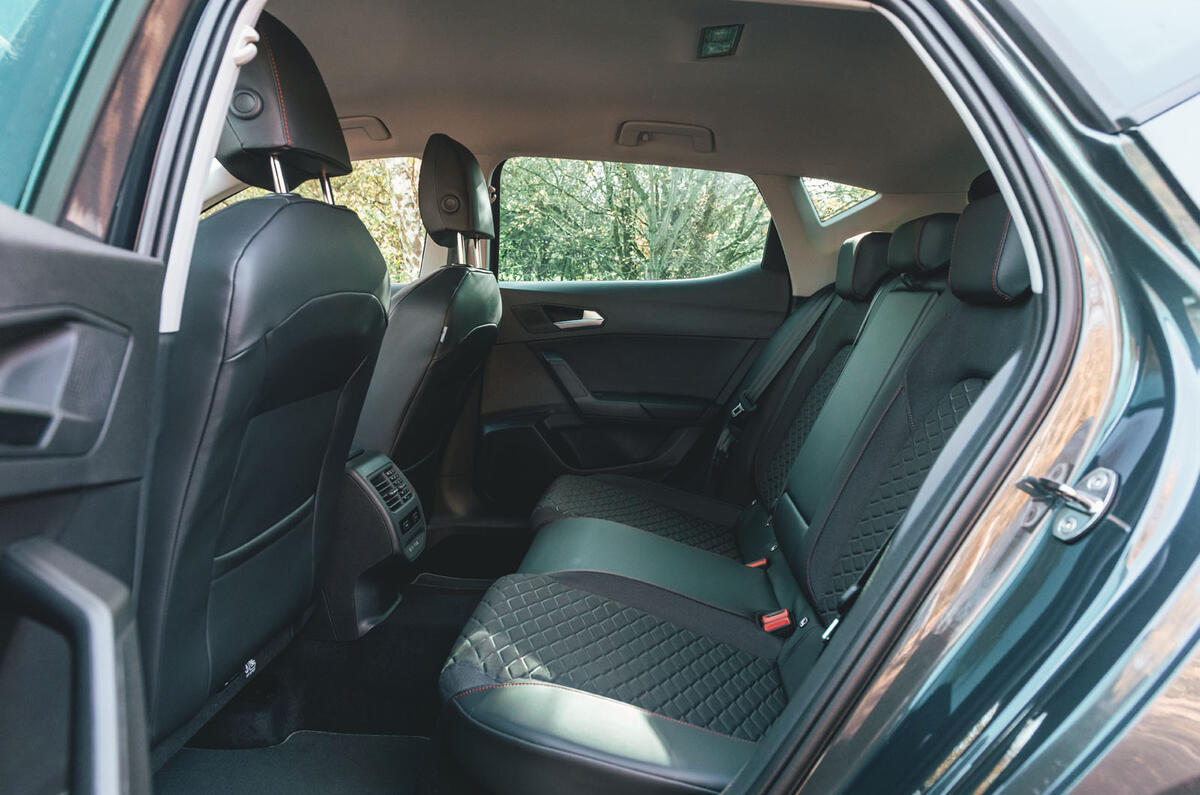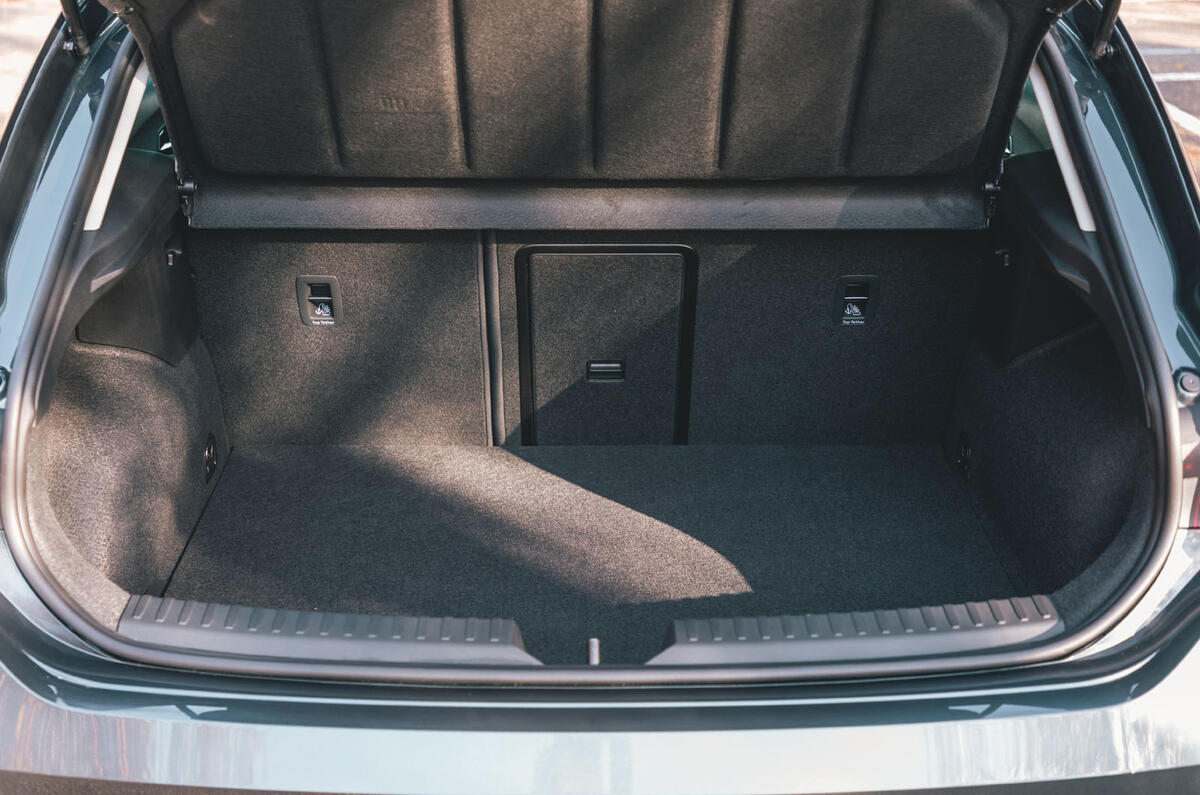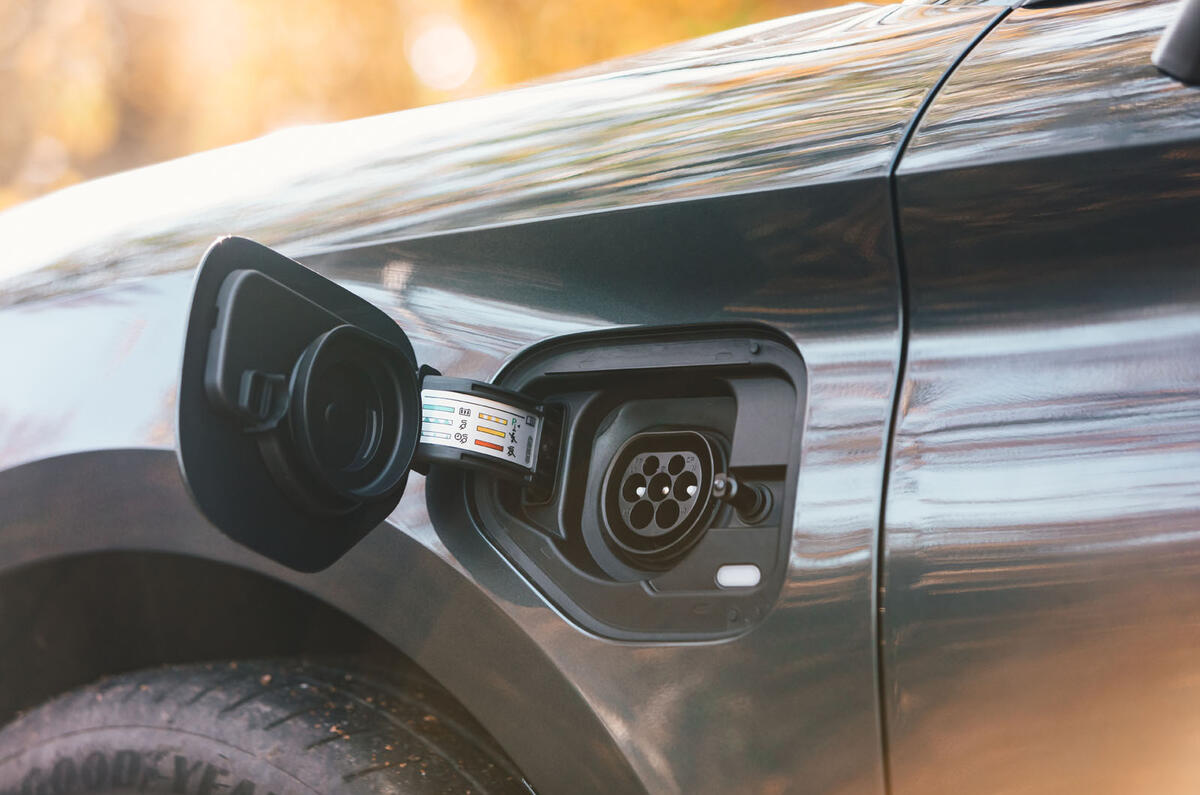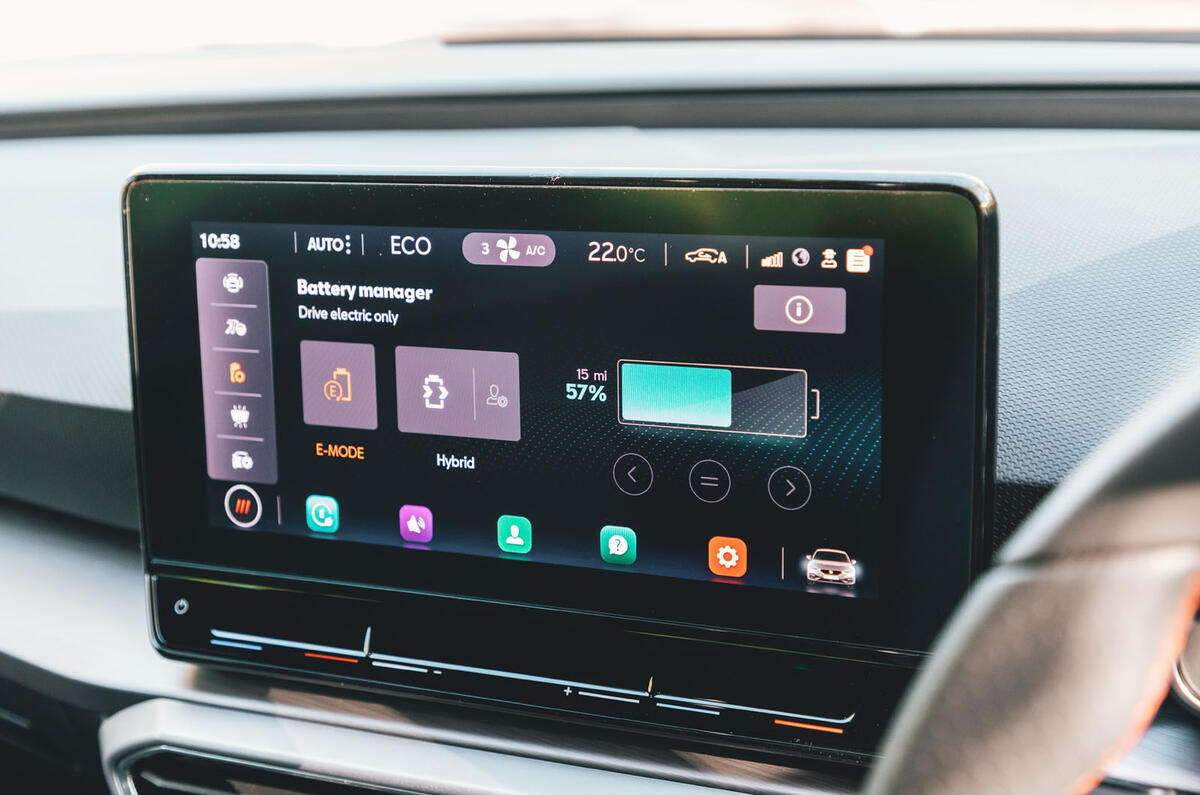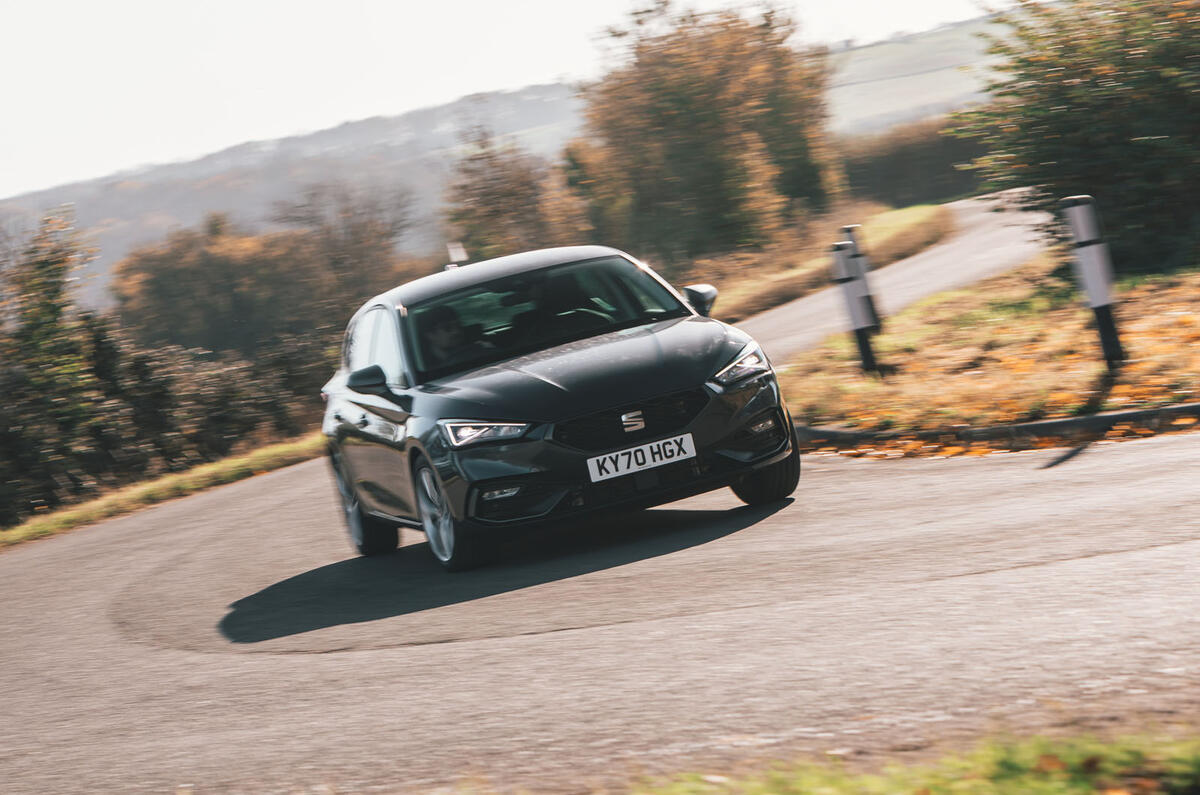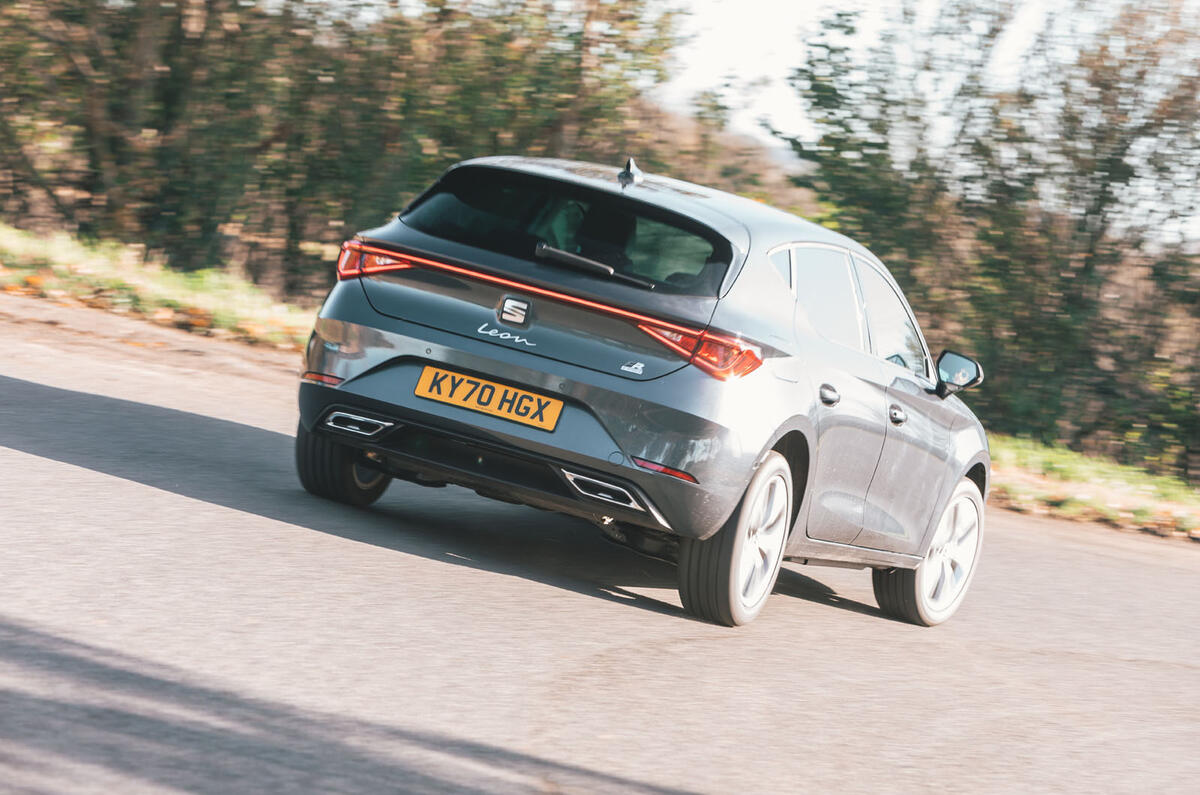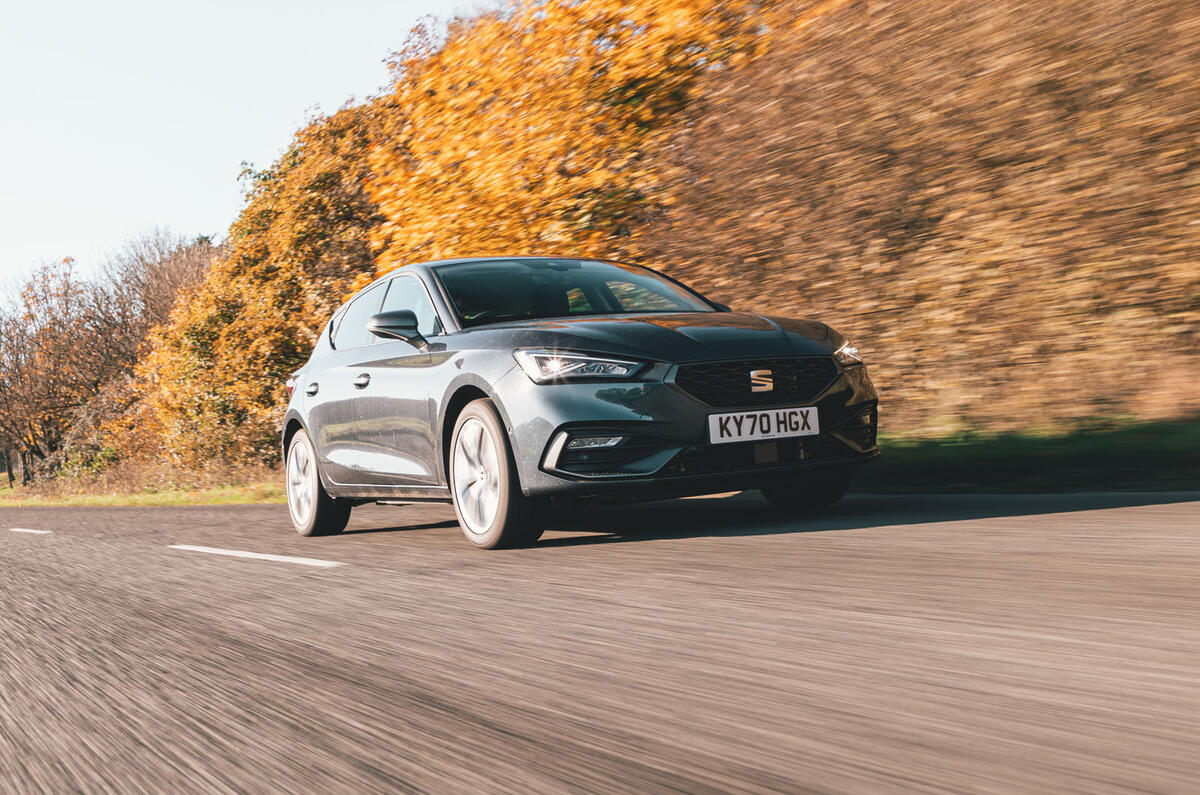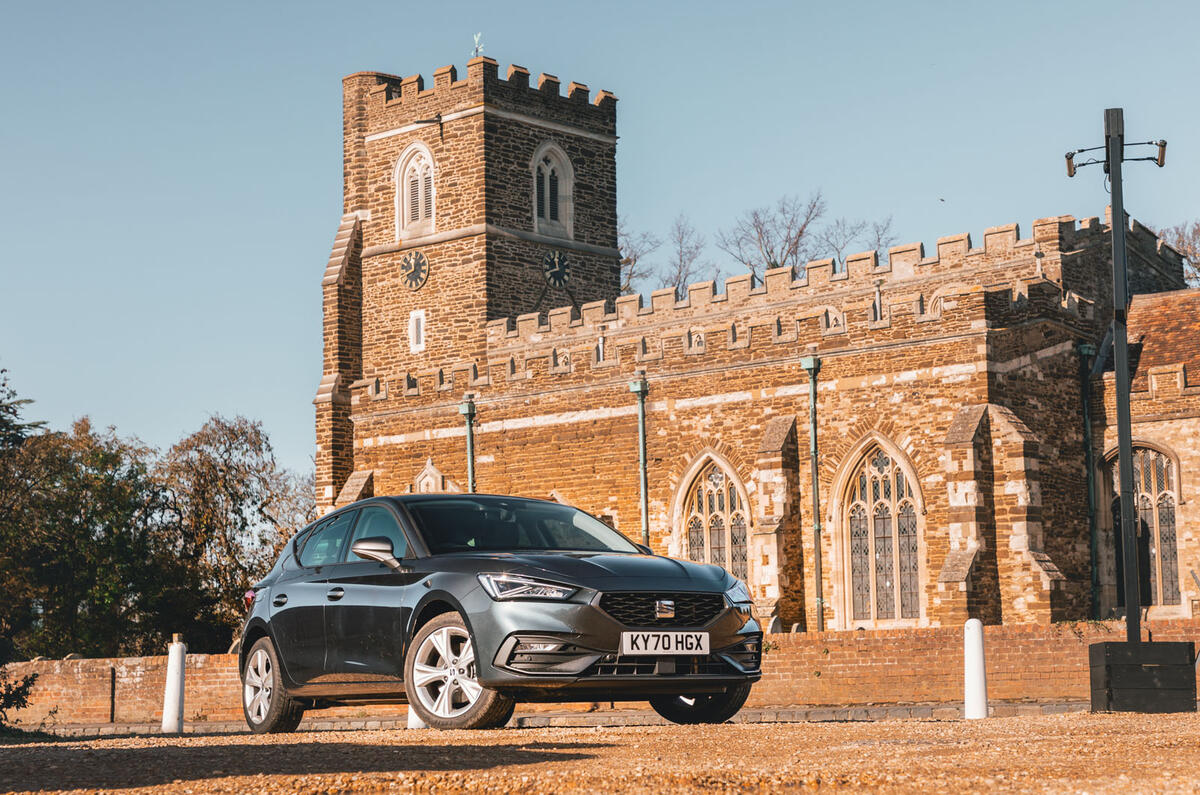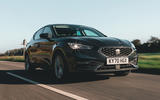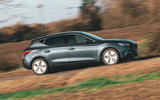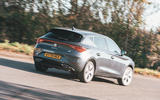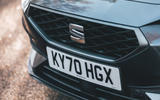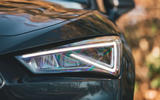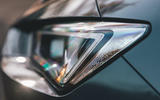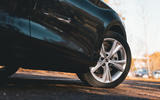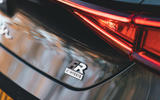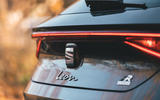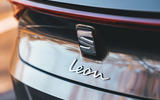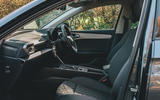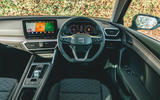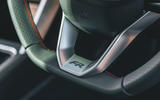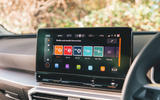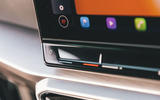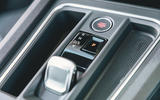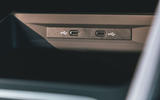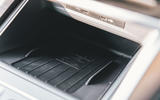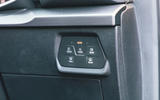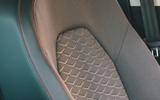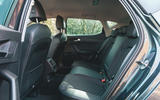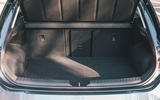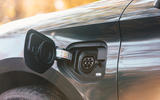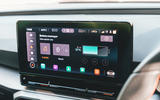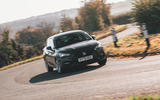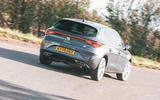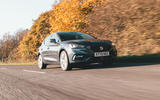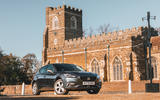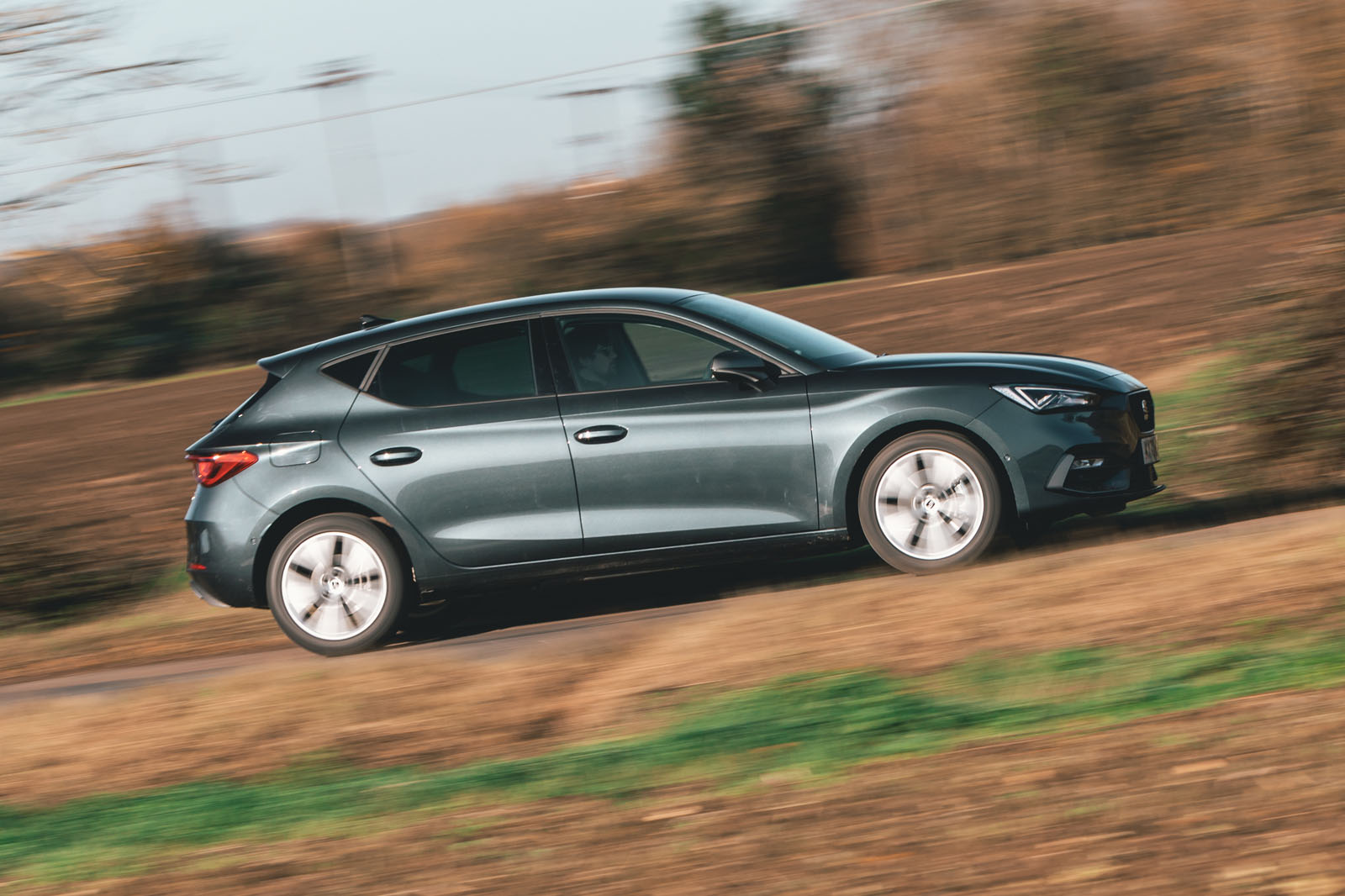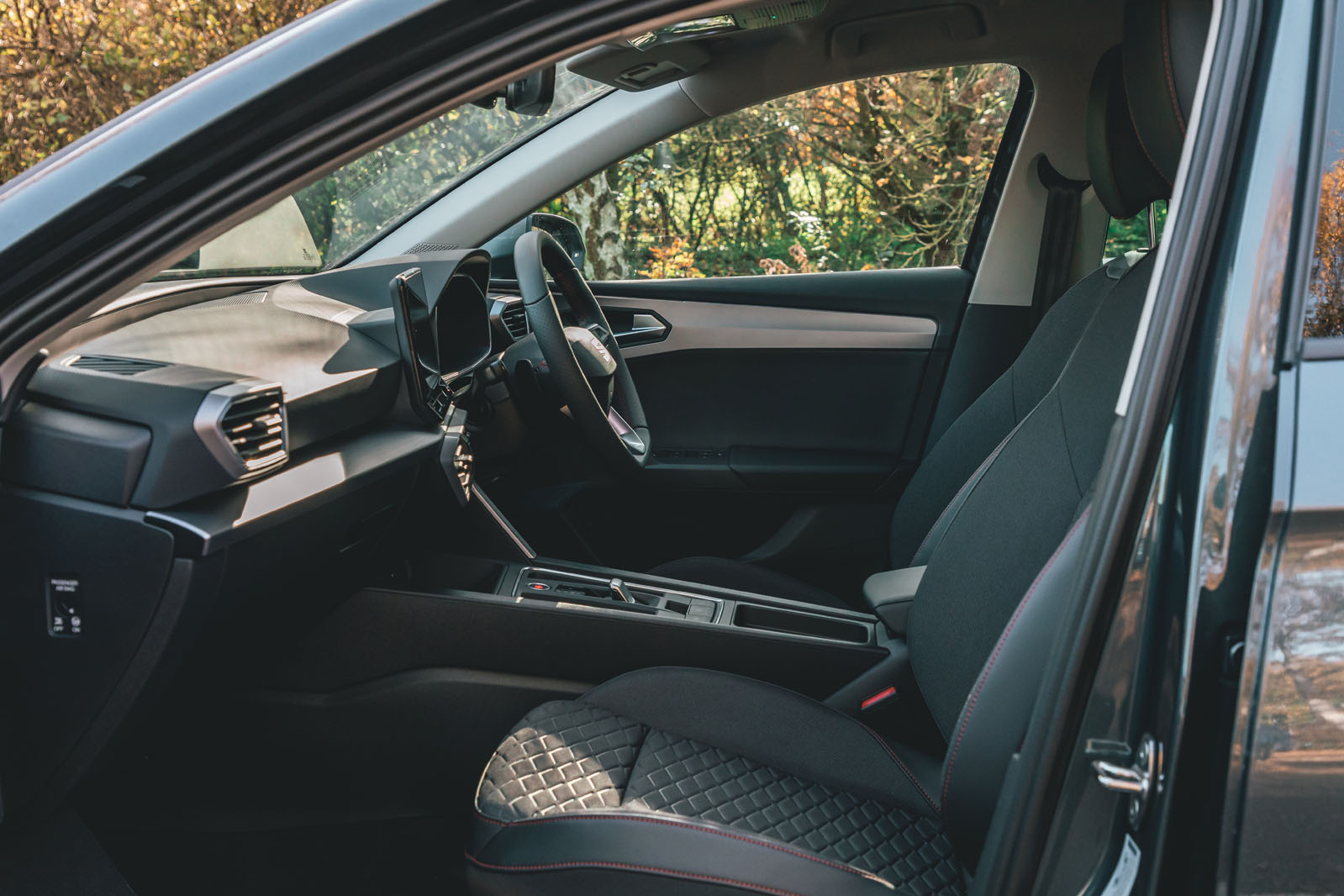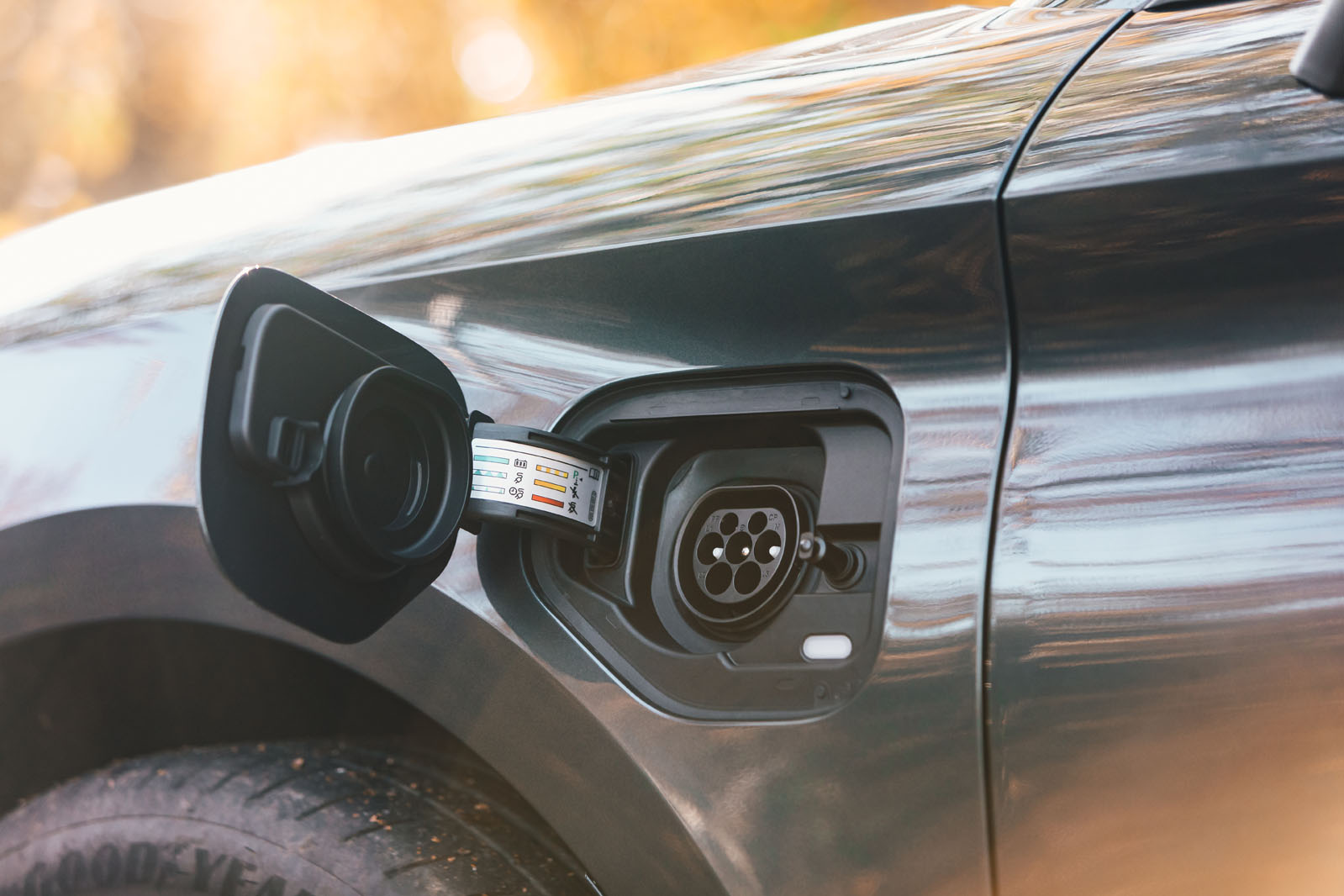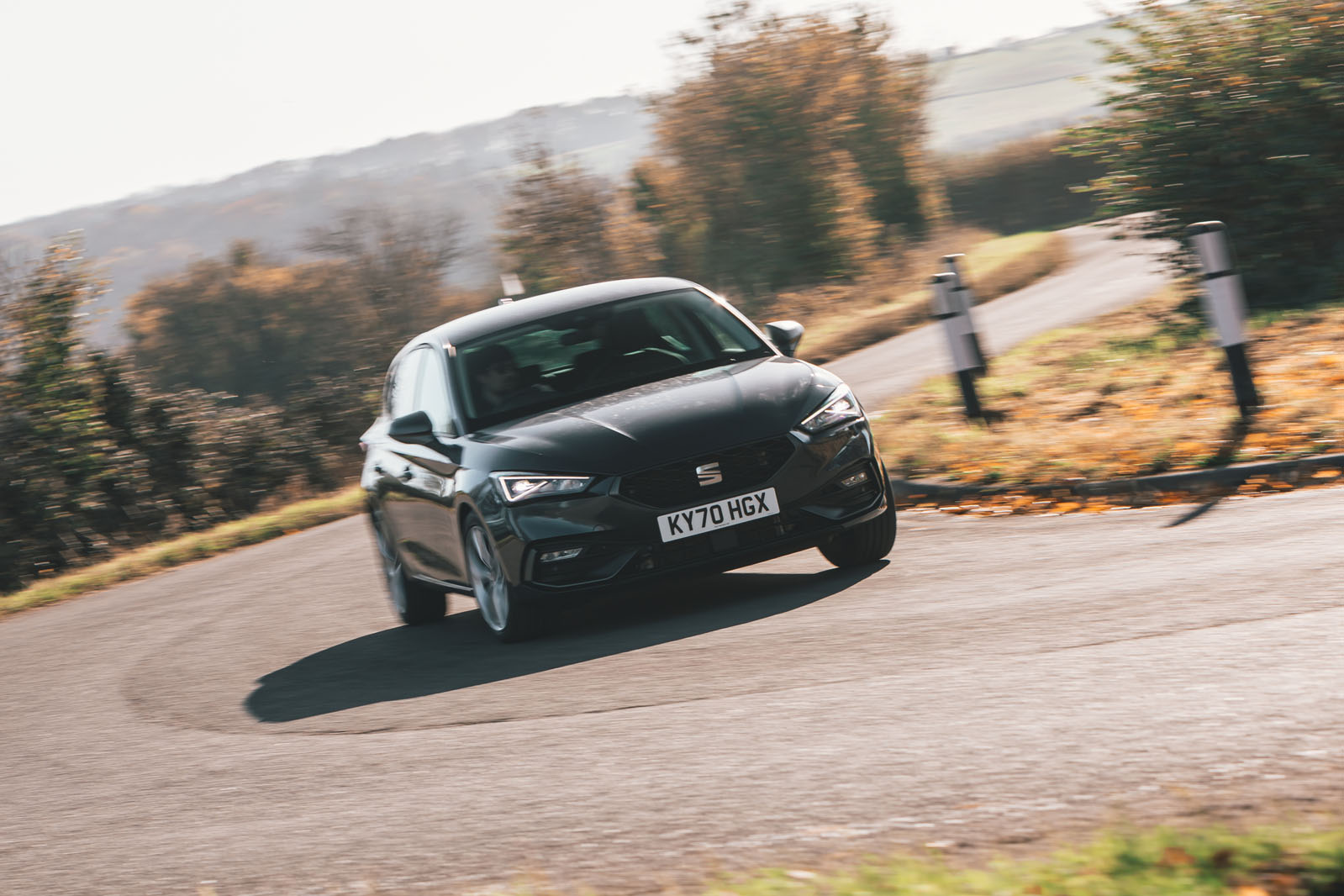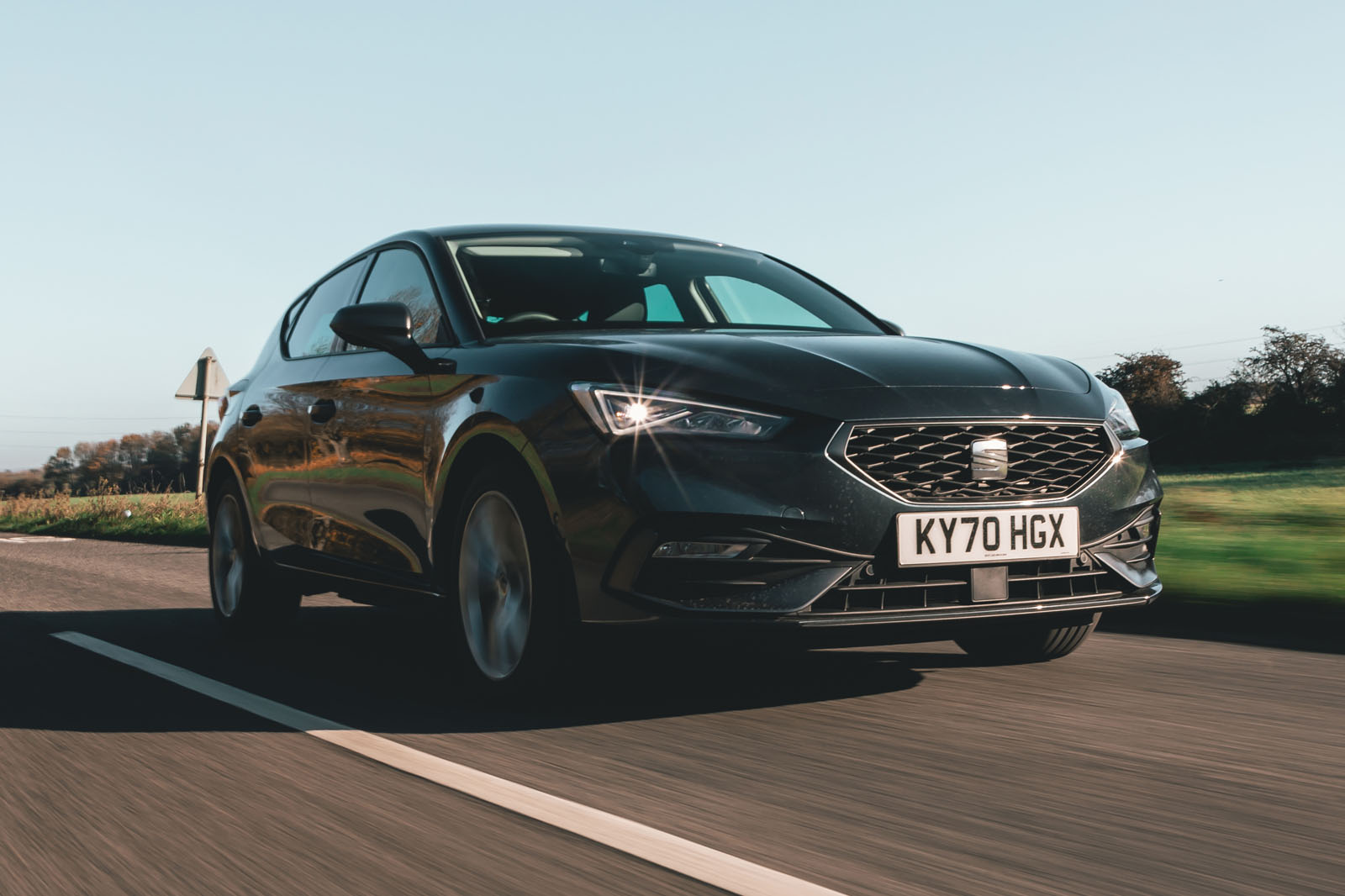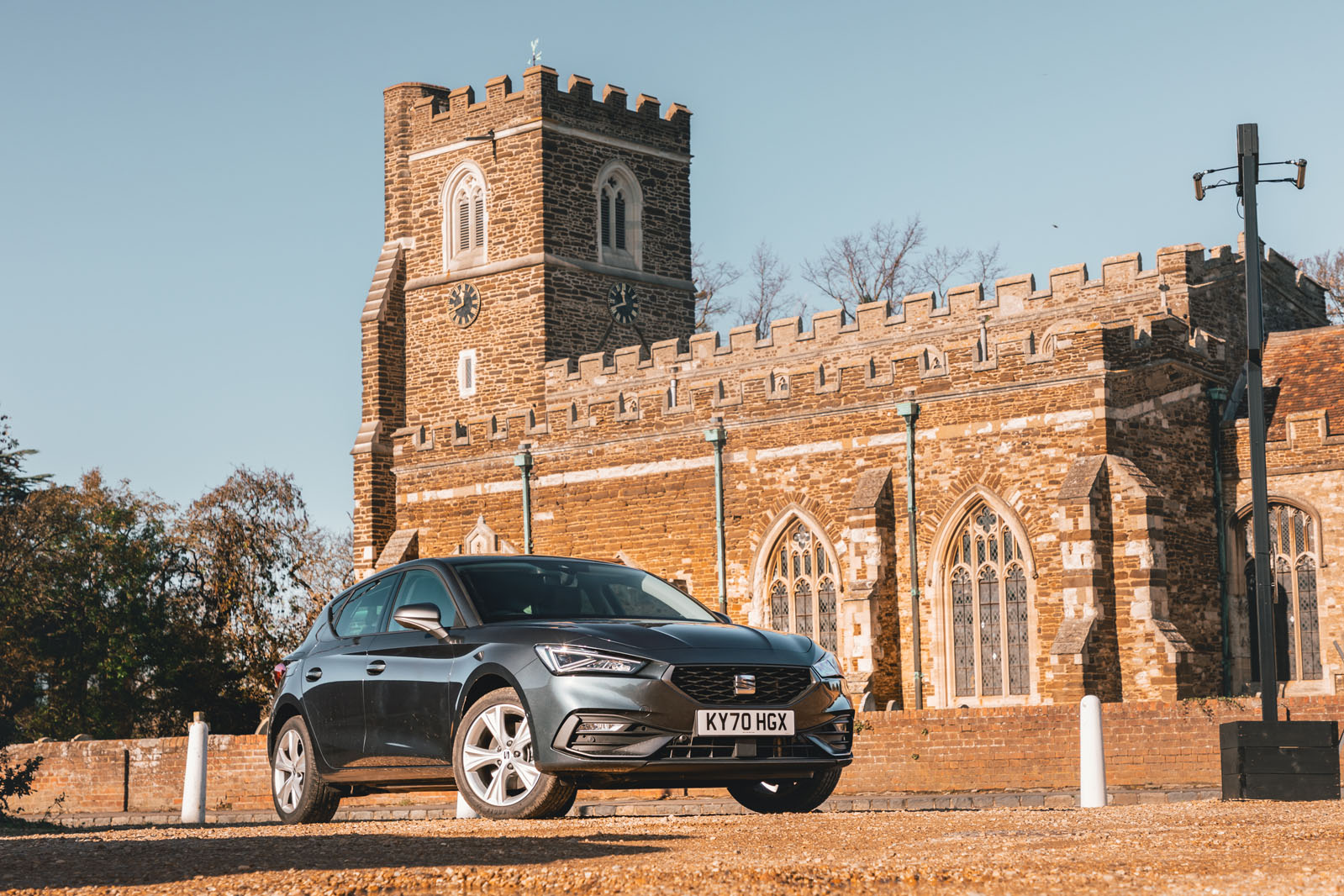The VW Group’s latest generation of family hatchbacks has met with mixed reports in road tests this year. While the Mk8 Volkswagen Golf and latest Skoda Octavia managed to convince us that the group’s high standards for perceived quality are broadly on course to be upheld (albeit in cabins quite radically overhauled for control regime and layout), the Audi S3 we tested more recently struggled a little to prove it merits its premium.
With the Leon, your expectations are a little lower. We’re well used to these sporty, bargain-priced Seats representing something of a compromise on wider VW Group ambient quality standards, but compensating for it with equipment, sound ergonomic layout, space and a gently compelling driving experience. And the latest Seat Leon does some of that – but not quite all.
The interior design does its best to make up for some quite uninspiring mouldings with a sharply drawn and quite sculptural style. The major features, from air vents to grab handles, are bold and eye-catching. It’s only by looking at them closely, and subjecting them to the touch test, that you realise many of them are surprisingly plain and hard.
At mid-level FR grade, where the Leon eHybrid opens up for business, you get Seat’s enlarged, 10.0in touchscreen infotainment system (which is mostly great to look at and, with familiarity and a few exceptions, easy enough to use) as well as fully digital instruments.
Wireless smartphone charging is standard, too, as is wireless Apple CarPlay functionality, plus wired mirroring for other formats. If you’re a younger buyer who likes digital technology, that’s likely to appeal plenty on a car that only narrowly breaches the £30k threshold. Plump for a different powertrain as a private buyer and you can have the same cabin spec, with a choice of petrol power, for under £24k.
There’s a familiar plug-in hybrid drawback, though. Because of the necessary relocation of the petrol tank, below-the-cover boot capacity falls to a supermini-sized 270 litres, which is a penalty of more than 25% on what you might have otherwise. That’s a bigger compromise than an A250e imposes – and that car has a bigger battery. In practice, though, all you really lose is the space that would otherwise be available under the Leon’s variable-height boot floor.
Seat Leon infotainment and sat-nav
Provided you don’t go prodding the screen immediately after you’ve started the car on a cold day, the Leon’s infotainment system works nicely. The graphical sophistication of its 10.0in touchscreen is excellent and its responsiveness is generally very slick.
Mapping information is presented in a clear and detailed fashion, while the system itself is easy to learn and navigate. You can search for charge points and fuel stations and receive up-to-date traffic information seamlessly, too. However, with wireless Apple CarPlay and wired Android Auto as standard, there’s every chance you’ll just use those interfaces instead. As swish as the system may be, there are a few gripes.
There aren’t any standard USB 2.0 ports in the cabin, so you’ll need a USB-C cable if you can’t charge your phone on the wireless pad. Certain controls are hidden beneath too many submenus, too. It can take up to three inputs to change drive modes, for instance, a reality that’s annoying at best and downright distracting at worst.


